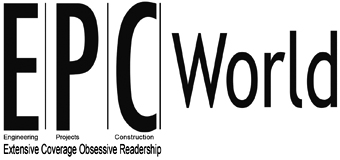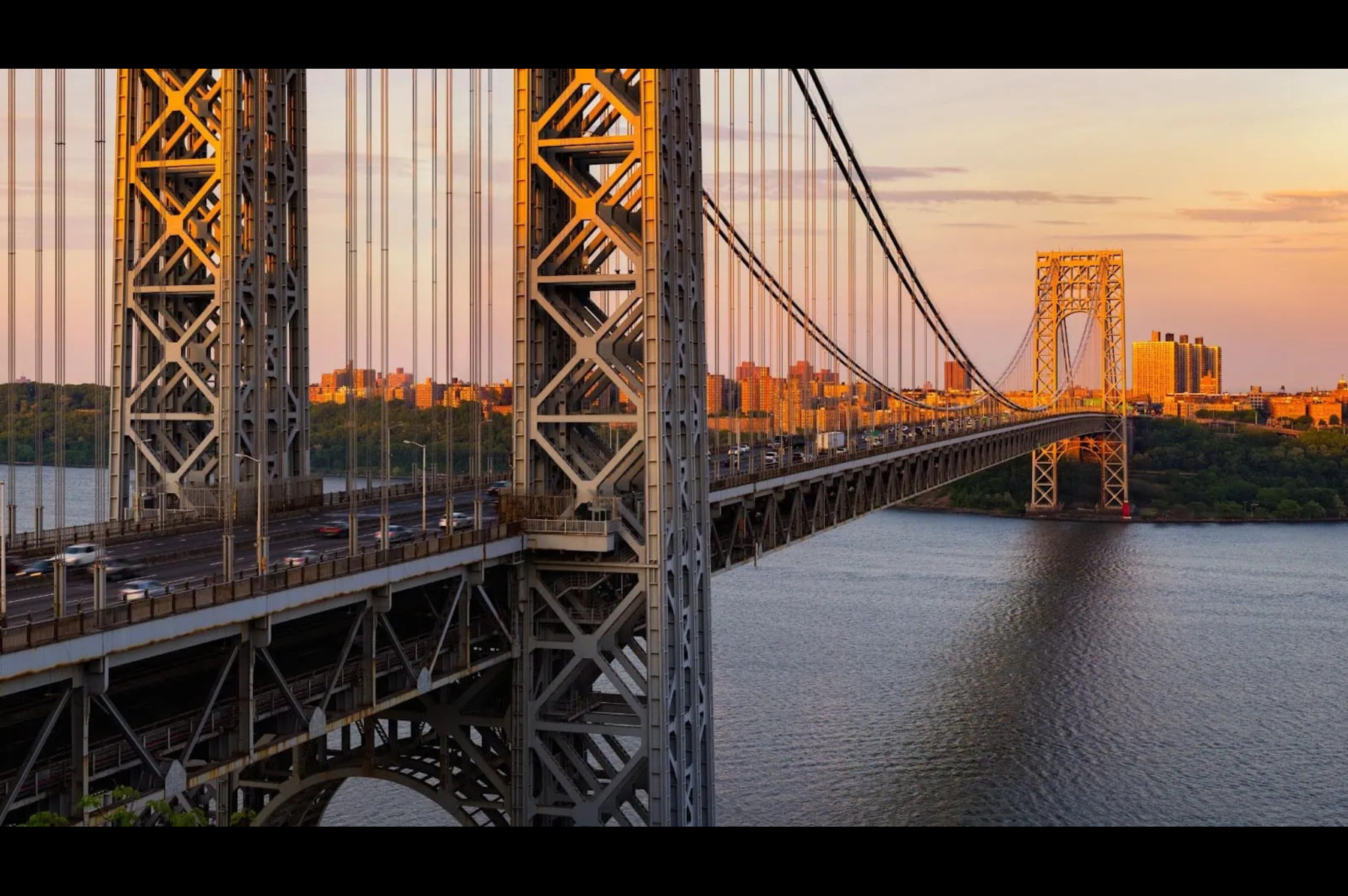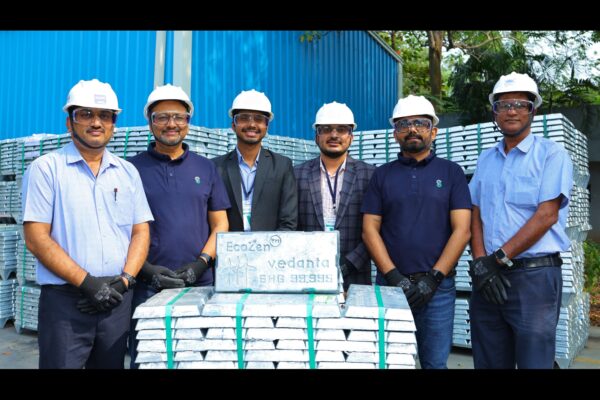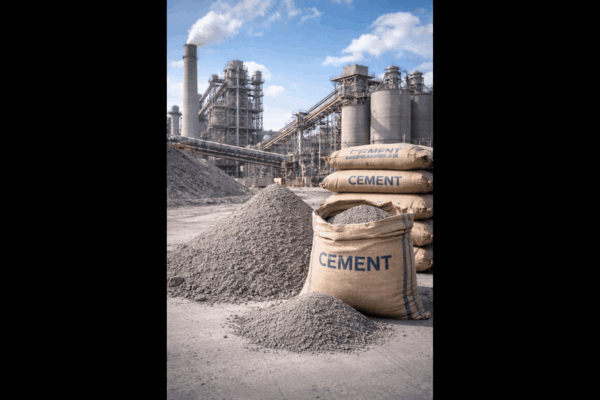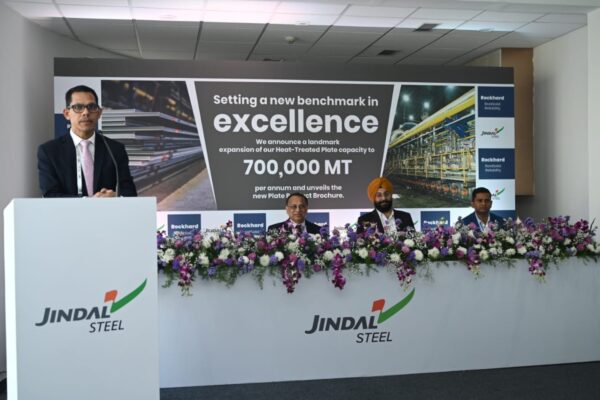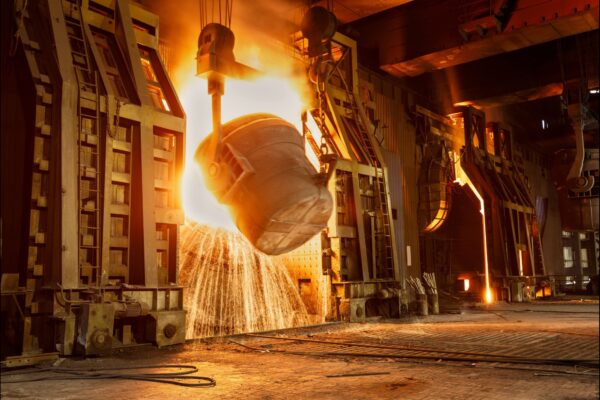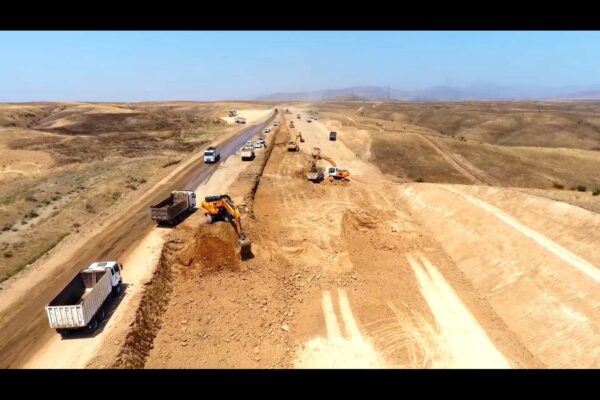Structural steel: Shaping Modern Infrastructure
Backed by landmark government programmes and massive infrastructure investments, India is witnessing a construction boom that is reshaping cities and strengthening national connectivity. At the heart of this transformation lies structural steel—a material that unites strength, speed, and sustainability. From airports and bridges to tunnels and skyscrapers, it has become the backbone of modern engineering, enabling faster construction, bold designs, and future-ready development across the nation
India’s infrastructure landscape is undergoing a massive transformation, fuelled by ambitious projects that are reshaping cities, strengthening connectivity, and opening up new frontiers of growth. At the heart of this progress lies structural steel – an engineering material that blends strength, flexibility, and sustainability. From soaring skyscrapers and world-class airports to record-breaking bridges and deep mountain tunnels, structural steel has been the silent backbone enabling speed, safety, and innovation. Without it, many of the nation’s most iconic developments over the past decade would have remained unimaginable.
Constructing the formidable
If concrete forms the skeleton of India’s infrastructure, then structural steel is undoubtedly its muscle. Without steel, many of the nation’s most celebrated landmarks would never have risen beyond blueprints. Over the past decade, steel has proven to be more than just a building material – it has been the very enabler of ambition, scale, and durability. In cities, structural steel has redefined skylines and public spaces. The Bandra–Worli Sea Link in Mumbai is a striking example, where high-strength steel cables and girders made possible the sweeping bridge that now symbolises the city’s modern identity. The Indira Gandhi International Airport’s Terminal 3 in Delhi and Chhatrapati Shivaji Maharaj International Airport’s Terminal 2 in Mumbai both rely heavily on steel to create vast column-free spaces, ensuring functionality while inspiring awe with their architectural design. The Statue of Unity in Gujarat, the tallest statue in the world, quite literally stands on a robust steel framework that gives it stability against wind and seismic forces. Even commercial hubs like DLF CyberHub and green-certified landmarks such as the ITC Green Centre in Gurugram showcase how steel blends strength with sustainability in modern architecture.
But the story of structural steel goes far beyond urban centres. It is in India’s remote mountains, deep valleys, and over vast seas that its true importance shines. The Chenab River Railway Bridge in Jammu & Kashmir, the highest railway bridge in the world, is an engineering triumph that would be unthinkable without steel’s unmatched tensile strength and resilience. The Zoji-la Tunnel and Sela Tunnel, both piercing through the Himalayas at dizzying altitudes, rely on steel to withstand geological pressures and ensure all-weather connectivity to border regions. The Atal Tunnel in Rohtang, the world’s longest highway tunnel above 10,000 feet, similarly uses steel reinforcements to battle snow loads and unforgiving mountain conditions.
Urban mobility and national logistics also owe a great deal to structural steel. The Mumbai Trans Harbour Link (MTHL), India’s longest sea bridge, is anchored in massive steel structures that carry the promise of transforming regional connectivity. On a larger canvas, the Dedicated Freight Corridor (DFC) – a game-changer in goods movement – has depended on steel-intensive viaducts, bridges, and girders to deliver speed and efficiency. Even the Inland Waterways project, designed to open up sustainable modes of transport, depends on steel for terminals, jetties, and cargo handling infrastructure. Together, these projects highlight a simple truth: without structural steel, India’s infrastructure revolution would not just be difficult, it would be impossible. Steel has given engineers the freedom to dream bigger, build faster, and create structures that can withstand time, terrain, and the toughest of conditions.
On the growth trajectory
The growing reliance on structural steel in India’s infrastructure is no accident – it is driven by clear advantages that no other material offers in the same combination. Steel enables speed of construction, with prefabricated components that can be assembled quickly on-site, reducing project timelines significantly. Its high strength-to-weight ratio allows engineers to design lighter yet stronger structures, enabling long spans in bridges and vast column-free spaces in airports and metro stations. The flexibility of design that steel provides has unlocked bold architectural expressions, from curved façades to complex roof structures, while still meeting safety and load requirements. Beyond performance, structural steel is highly recyclable, making it a critical material in the shift towards a circular economy. Its sustainability credentials are further enhanced by reduced material wastage, lower carbon emissions compared to traditional construction, and adaptability for future retrofits. Together, these qualities give structural steel a clear advantage over other construction materials, making it the preferred choice for modern infrastructure that demands speed, durability, and environmental responsibility. The market for structural steel has been increasing steadily over the past decade. According to Mordor Intelligence, the India Structural Steel Fabrication Market stood at USD 22.22 billion in 2025 and is forecast to reach USD 30.27 billion by 2030, reflecting a 6.38% CAGR during the period. The report highlights that favourable public spending on transport corridors, industrial nodes, and renewable energy parks keeps order books healthy, while the Production Linked Incentive (PLI) scheme improves grade availability and cost visibility for fabricators. Additionally, the rapid uptake of pre-engineered building systems, laser and plasma cutting cells, and Building Information Modelling (BIM) platforms is compressing project timelines and reducing rework, further strengthening the industry’s growth momentum.
With infrastructure projects becoming increasingly complex, structural steel manufacturers are constantly innovating to create solutions that can meet demanding engineering requirements. Structural steel is far from a single, uniform product—it comes in a wide range of shapes and profiles, each tailored to specific applications in construction. The most common sections used in infrastructure projects include I-beams, Z-sections, hollow structural sections (HSS), L-shaped cross-sections, C-channels, T-sections, flanged T-rails, asymmetrical I-beams, bars, and rods. Each profile has a distinct role, whether it is carrying heavy axial loads, providing lateral stability, or supporting architectural design features. The choice of section is largely project-specific, depending on span, load requirements, and design considerations. While some of these sections are manufactured through hot or cold rolling processes, others are created by welding together flat or bent plates, offering both strength and design flexibility. In the construction of bridges, for instance, engineers deploy different types of steel girders depending on span and load requirements. These include box girders, H-girders, truss girders, pipe arch girders, and Bailey bridges, each bringing a unique balance of efficiency, durability, and structural integrity.
Overcoming challenges
Despite its growing dominance, the structural steel industry faces several challenges that could slow momentum. Raw material price volatility – particularly in iron ore and coking coal – creates uncertainty for fabricators and contractors. Logistics is another bottleneck: oversized sections require specialised trailers and equipment that are not always available across project sites. Quality inconsistencies from unorganised players further complicate execution, especially in critical projects like long-span bridges, metro viaducts, and industrial complexes. On top of this, the shortage of skilled manpower trained in advanced fabrication methods such as robotic welding, laser cutting, and BIM-enabled design integration often results in delays and costly rework.
Yet, India is steadily turning these challenges into opportunities. Policy initiatives like the National Infrastructure Pipeline (NIP) and the PM Gati Shakti masterplan are fuelling a continuous pipeline of mega-projects, encouraging investment in advanced fabrication technologies. The Production Linked Incentive (PLI) scheme for specialty steel is strengthening domestic production, improving availability of high-grade materials, and reducing import dependence. Simultaneously, the government’s focus on green steel and circular economy practices is nudging manufacturers toward sustainable production, energy efficiency, and recycling. These measures not only address existing bottlenecks but also position structural steel as a future-ready material – resilient, competitive, and integral to India’s infrastructure ambitions.
Opportunities catalysing growth
The opportunities for structural steel in India are growing, fuelled by a powerful mix of government initiatives, industrial expansion, and new-age infrastructure needs. Large-scale investments in airports, data centres, logistics hubs, warehouses, defence and aerospace facilities, and semiconductor parks are set to drive sustained demand. At present, structural steel is used in only around 20 percent of construction projects in India – well below levels in economies like China, Japan, and the United States -highlighting substantial headroom for growth. This gap is narrowing as lighter weight sections, modular construction methods, and green building standards push design transitions toward steel-intensive projects. Policy-driven investments are setting the stage for structural steel’s accelerated uptake. The Rs. 111 lakh crore National Infrastructure Pipeline (NIP), coupled with flagship programmes such as Bharatmala (roads), Sagarmala (ports), Dedicated Freight Corridors, metro and bullet train projects, RRTS corridors, and Udaan (airports), has created a steady pipeline of projects that rely heavily on structural steel. The PM Gati Shakti Master Plan alone has cleared 115 highways spanning 13,500 km with a USD 59.34 billion budget allocation by March 2025. By enabling integrated digital planning, bridge girders, flyover decks, and multimodal terminals are being designed simultaneously, creating economies of scale for fabricators. In addition, 12 new industrial zones approved under the National Industrial Corridor Development Programme, with a USD 3.45 billion project pipeline in August 2024, will further boost demand. Centralised project vetting is also streamlining steelwork specifications across states, helping fabricators optimise production runs and procurement cycles.
The renewable energy sector represents another major growth frontier. The ever-expanding capacity has created significant demand for galvanised mounting racks, lattice towers, and substation gantries. Each megawatt of solar requires around 40–50 tonnes of corrosion-resistant steel, while wind turbines consume nearly three times that amount for towers and foundations. Mega-projects such as ArcelorMittal’s USD 600 million Project Trinity in Andhra Pradesh are expected to use thousands of tonnes of fabricated steel over the next two years. Furthermore, hybrid and round-the-clock renewable plants impose heavier structural loads, driving demand for higher-strength, thinner-gauge plates that only advanced fabrication facilities can produce – opening the door to innovation and technology upgrades across the steel sector. Beyond core infrastructure, industrial growth in automotive, power, telecommunications, and manufacturing, along with urbanisation and the Smart Cities Mission, is further accelerating demand. From expressways and metro corridors to clean energy and industrial clusters, structural steel is poised to emerge as one of the most critical enablers of India’s development story in the coming decade.
Demand on the rise
Structural steel has quietly but decisively become the backbone of India’s infrastructure revolution. From soaring skyscrapers and world-class airports to record-breaking bridges, metro corridors, and renewable energy projects, it has enabled a level of speed, strength, and design flexibility that no other material can match. Its contribution goes far beyond construction—it is helping shape the very foundations of India’s economic progress. The government’s role in this journey has been pivotal. Flagship programmes such as PM Gati Shakti, the National Infrastructure Pipeline, Bharatmala, Sagarmala, and Udaan are creating an unprecedented pipeline of projects, each demanding steel-intensive solutions. Policy interventions like the Production Linked Incentive scheme for specialty steel and the emphasis on green steel and circular economy practices are also fostering innovation, strengthening domestic manufacturing, and reducing import dependence. By aligning investment, technology, and sustainability, the government is ensuring that structural steel is not only a driver of growth today but also future-ready for the demands of tomorrow.
With opportunities expanding across sectors—from expressways, high-speed rail, and industrial corridors to renewable power plants, smart cities, and logistics hubs—structural steel is no longer just a building material. It has become a strategic enabler of national development, powering India’s ambitions to become a global economic powerhouse. As the nation accelerates towards its vision of a sustainable and connected future, structural steel will continue to anchor progress, define skylines, and reinforce India’s position on the world stage.
Tags
